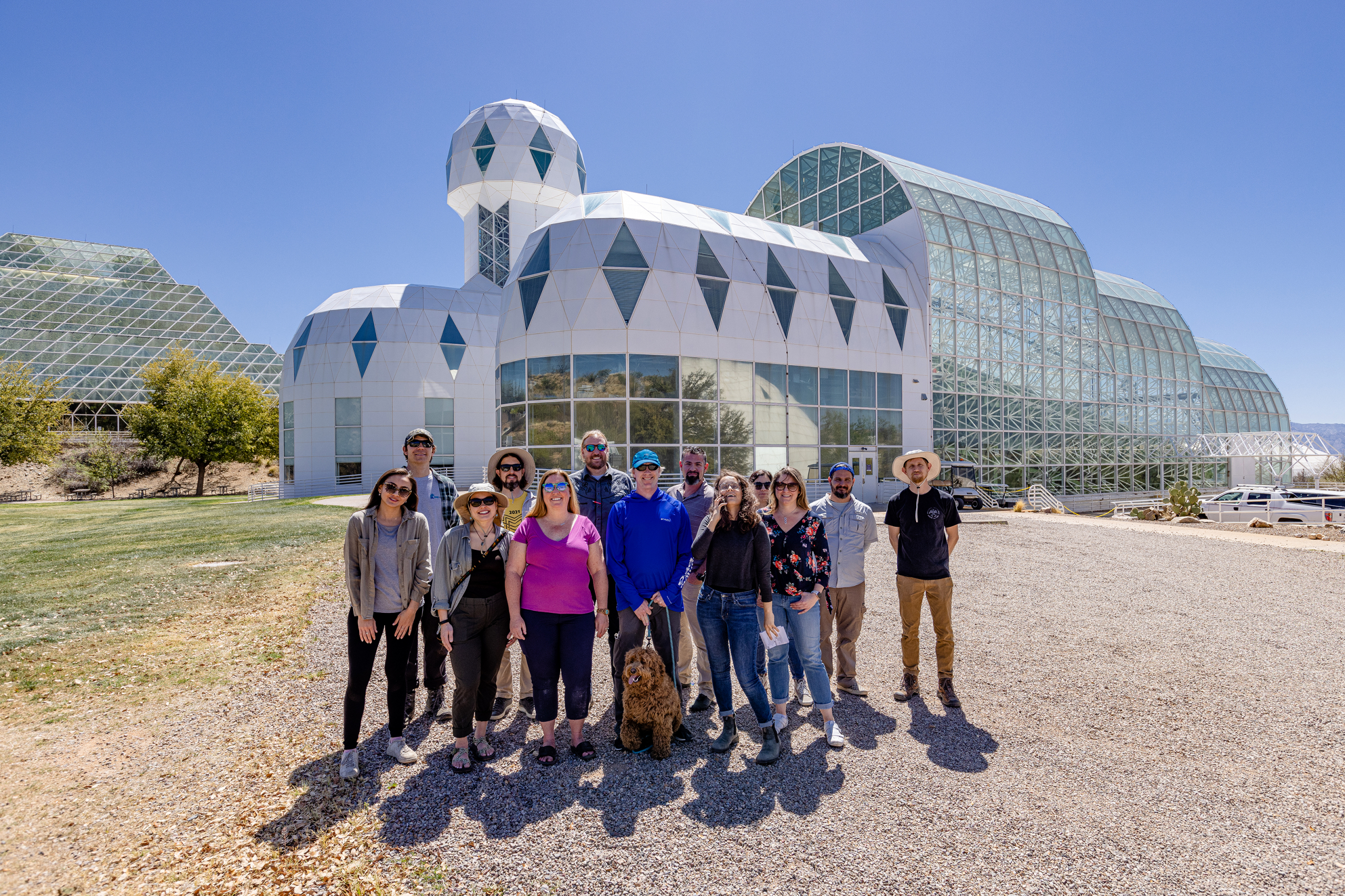Italian University Signs Four-Year Agrivoltaics Research Agreement
“Statkraft Italy has signed a four-year research agreement with the Department of Agro-Environmental and Territorial Sciences (DiSAAT) at the University of Bari Aldo Moro in Southern Italy. The title of the project is “Agri-photovoltaics for a sustainable future. The aim of the research activities is to deepen new approaches, methodologies, and innovative technologies in the field of electricity generation and agriculture, and to achieve the correct integration between photovoltaic systems and primary production, optimizing the yield in both fields. The solutions will be aimed at public administrations, entrepreneurs, farmers, and local communities,” – Statkraft
Rooftop Agrivoltaics Research Continues in Colorado
“While rooftop agrivoltaics is in its infancy, this vertically integrated approach to urban land use can increase resilience in urban food systems, expand renewable energy production, and decrease water consumption. The benefits associated with rooftop agrivoltaics warrant further investigation as we re-envision underutilized spaces in urban environments. Colorado State University is continuing research on rooftop agrivoltaics to analyze the growing conditions, yield, and power generation potential of these systems,” – Live Architecture Montioring
Arizona’s First Solar Closes Agreement with Silicon Ranch
“Arizona’s First Solar announced that it has come to terms on a multi-year master supply agreement with southern utility-scale solar developer, Silicon Ranch, under which First Solar will supply 4GWof advanced thin film photovoltaic modules to Silicon Ranch’s projects in the United States from 2023 to 2025. While this is not the first supply partnership to be reached between the two companies, the level of commitment dramatically expands on their prior partnership, under which First Solar has supplied modules to over 30 projects totaling more than 1GW since 2015.” – PV Magazine







